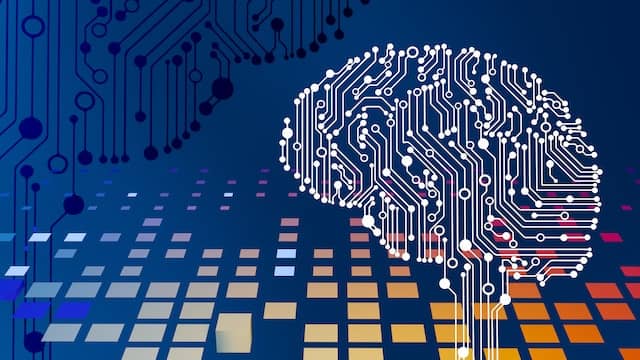Attacks, Bias and Generative AI: Key Considerations for AI & Cyber
- Published On:

- By: FinchAI
Artificial intelligence, or AI, is transforming every industry – and cybersecurity is no exception. However, in this domain – where the stakes are at their highest – it’s important to ensure that AI is deployed securely and with the proper governance in place to allow organizations to take advantage of AI’s transformative potential without sacrificing the security, integrity, or confidentiality of their networks, systems and data.
Three of the largest risk areas when it comes to cybersecurity and AI are attacks, bias and deep fakes.
Cyberattacks: From Outside as Well as Inside
AI systems can be vulnerable to cyberattacks. Some of our customers at Finch AI handle extremely sensitive data. Bad actors with access to a network, and thus access to the data and systems on that network, have the potential to cause enormous harm.
Additionally, AI systems themselves can be used to launch cyberattacks, such as through the use of malicious algorithms or by exploiting vulnerabilities in other systems. AI systems may also be used to automate cyberattacks, making them faster, more efficient, and more difficult to detect and defend against.
There have been several recent examples of cyberattacks that have targeted AI systems. One example is adversarial attacks, which involve manipulating input data to trick AI systems into making incorrect predictions or classifications. Another example is the use of data poisoning attacks, which involve injecting malicious data into training datasets to manipulate the behavior of AI systems. Additionally, there have been instances of cyberattacks targeting AI-powered autonomous vehicles, such as using GPS spoofing to manipulate the navigation of self-driving cars.
To address these concerns, it is important to implement strong cybersecurity measures and to ensure that AI systems are designed and used ethically and responsibly.
Bias: Discriminatory AI that Skews Performance and Outcomes
Another area in need of attention when it comes to AI and cybersecurity involves the potential for AI systems to be biased or discriminatory, which can negatively impact both individuals and groups.
Preventing bias and discrimination in AI systems is an important issue that requires careful consideration. Organizations intent on preventing bias and discrimination in AI systems should ensure they’re using diverse and representative data to train AI models and systems – because AI is only as good as the data it is trained on. Therefore, it is important to ensure that the data used to train AI systems is representative of the population it is intended to serve. Preventing bias also requires regular testing and monitoring to ensure that AI systems are not producing biased or discriminatory results. This can involve testing the system on different datasets and monitoring its output for any signs of bias or discrimination.
Organizations should also prioritize explainability and transparency so that users can understand how the system makes decisions and identify potential biases or discriminatory practices. Organizations should commit to a set of ethical guidelines and standards for developing and using AI systems, and these guidelines should be developed in consultation with various stakeholders, including ethics, human rights, and social justice experts. Finally, AI systems should be designed to work with human oversight so humans can intervene if the system produces biased or discriminatory results. This can help to ensure that the system is used responsibly and ethically.
Implementing these measures can prevent bias and discrimination in AI systems and ensure they are used fairly and equitably.
Generative AI: No Longer the Stuff of Science Fiction
There are heightened concerns about the potential for Generative AI (GAI) to be used for malicious purposes, such as creating fake videos or audio recordings for political or financial gain. For example, Deepfakes, created by GAI tools widely available to the public, can be used to spread false information and propaganda, which can have serious consequences to our national security. They can also be used to impersonate individuals and commit fraud or identity theft or to damage the reputation of individuals or organizations. Creating fake videos, images, or audio recordings of political leaders or military officials can have profound national security implications.
To mitigate these risks, it is essential to implement robust cybersecurity measures and to develop technologies that can detect and prevent the creation and dissemination of GAI-created content.
Researchers have developed technologies to detect current forms of GAI content by analyzing the audio and video data for signs of manipulation. Going forward, standards are being developed to build a foundation to ensure the authenticity of images and video. Governments and industry organizations must work together to develop regulations and standards for authenticity of images and video to prevent their malicious use. Additionally, platforms that host user-generated content can increase transparency by labeling content where authenticity and trust cannot be determined.
AI will enable us to do things faster and better and to do new things we have not yet even imagined – and cybersecurity is no exception. Ensuring we realize the full potential of AI depends on putting the proper safeguards in place that don’t force false tradeoffs between security and new capabilities. To learn more about how Finch AI supports cybersecurity use cases, please visit www.finchAI.com.
###
